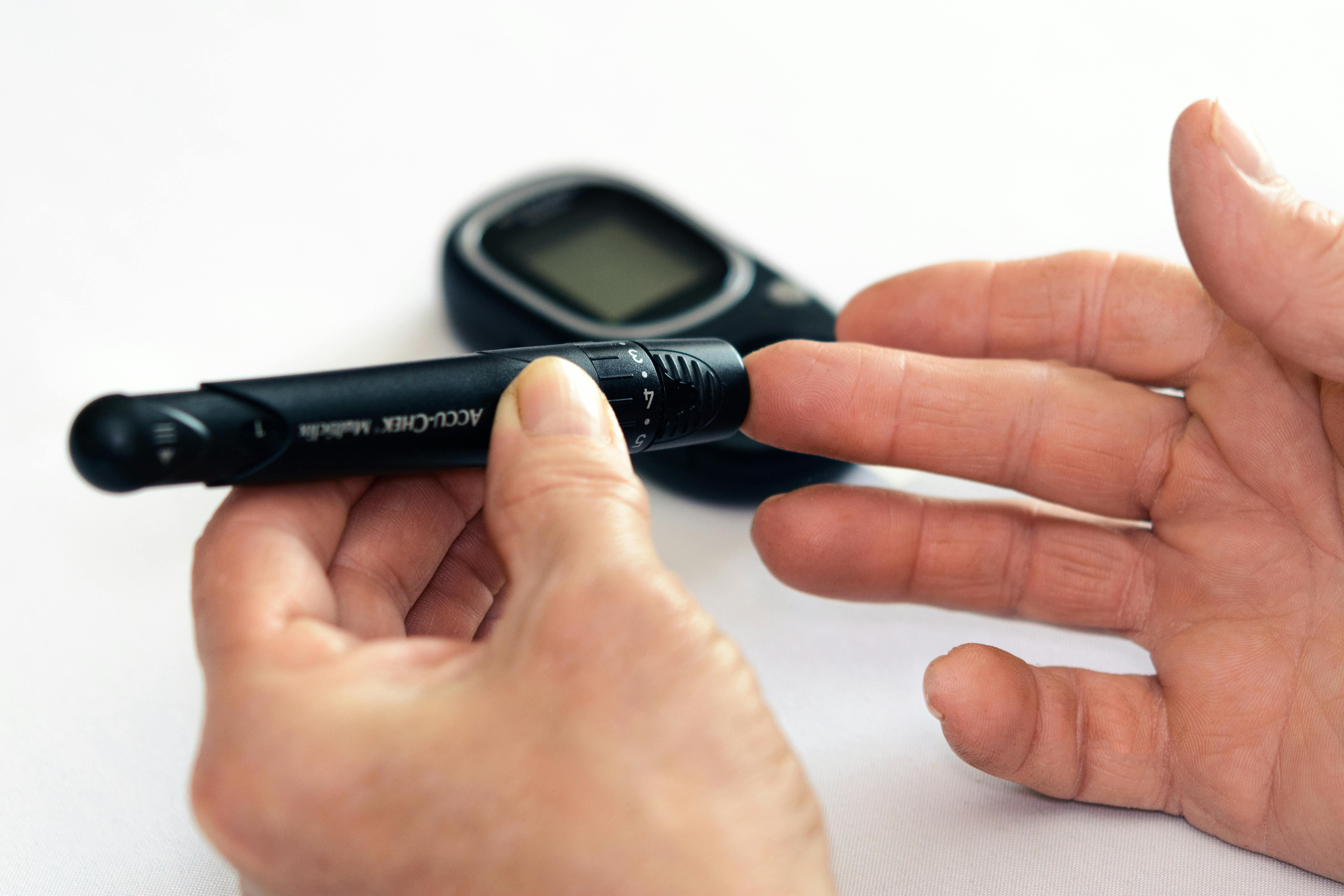Get Rid of Type 2 Diabetes Permanently
Would you like to know a secret that your doctor won’t tell you? Are you ready? Okay, here it goes: Anyone with type 2 diabetes can reverse the disease. Again, anyone can get rid of type 2 diabetes permanently. You might be asking, “How?” Well, read and you shall find out.
Diabetes Overview
Before we get to permanently resolving your type 2 diabetes, let us review what exactly this disorder entails. Your body is inefficient at utilizing insulin, which is why your doctor has diagnosed you with having the disorder in the first place.
That said, what is insulin exactly? What does it do? Manufactured in the pancreas, insulin is a hormone that carries glucose, which is also known as blood sugar, into the cells of your body so that said glucose can be utilized as energy. As mentioned above already, your body does not utilize insulin properly. This is why you have issues with high blood sugar.
However, as you are likely aware, you are not alone. As of 2020, per CDC, 34.2 million Americans have diabetes and 88 million American adults have pre-diabetes. As of 2014, 422 million people worldwide had diabetes, according to the World Health Organization. Whether you enjoy reading statistics or not, it doesn’t take a brain surgeon to understand the significance of those facts.
Medical System Paradox
Typically, doctors tell type 2 diabetes patients to consume over 40 grams of carbohydrates for every meal they consume. To supplement this, they are also instructed to derive additional carbs from snacks. This is because the most common side effect of diabetes medication is low blood sugar. This makes sense. The point of these medications is to compensate for your high glucose levels after all.
While diabetes medications successfully lower your blood sugar, they fail to assist your body in transporting glucose to your cells naturally. Currently, there exists no goal by the American Diabetic Association to reverse a patient’s diabetes. For them, the objective is for patients to be able to perpetually manage the disorder. For the medical and pharmaceutical industries, this solution is sufficient. For your body, this solution is lackluster.
Solution
Now that you presumably have a basic understanding of the issue, how do you go about solving it? Eat very little carbohydrates. That’s it. That’s the solution. You don’t actually need to eat carbohydrates. The human body can utilize carbohydrates as an energy source; but again, humans don’t technically require carbohydrates from outside (food) sources to survive.
Your liver synthesizes glucose on its own. Yes, you read right, your body creates its very own sugar. This process is called gluconeogenesis. This is why you never hear about “essential carbohydrates.” Your body needs protein for essential amino acids. It needs fat for essential fatty acids. The former allows your tissues to repair themselves and grow. The latter provides your body with a source of energy. On the other hand, “essential carbohydrates” don’t exist.

Dietary Requirement
Now, with the knowledge that you don’t actually need to eat carbs, what is the ideal diet for a type 2 diabetic? A high-fat, moderate-protein, low-carb diet. Believe it or not, eating this type of diet would be beneficial for you. Compared to carbohydrates, the two other macronutrients have a lesser effect on blood sugar. This is especially true for fat.
Notice that the above paragraphs states low-carb, as opposed to no-carb. Even though carbohydrates greatly affect blood sugar, many foods that have carbs also happen to be ample sources of essential vitamins and minerals. Eating a tad bit of carbs will help supply your body with these micronutrients.
At this point, you may be asking yourself, “Is there any diet that are high in fat, modest in protein, and low in carbs?” Yes, there is. One such diet is known as the keto diet. The standard ketogenic (SKD) diet consists of roughly 70% fat, 20% protein, and 10% carbs. This means that in a 2,000-calorie diet, 1,400 calories come from fat, 400 of them come from protein, and the rest are derived from carbs.
In case you don’t count calories, eating a mere 200 calories of carbs translates into eating 50 grams of said macronutrient. Carbs provide 4 calories of energy per gram. To be clear, this is 50 grams (or less) of carbs per day, not per meal. So, you’ll need to develop a habit of diligently looking at nutrition labels.

Cure or not?
Will this diet cure your type two diabetes? No, it will not. “Cure” implies that you will need to eat a low-carb diet only temporarily. This is not the case. You will need to be on a low-carb diet for the rest of your life. So, from now on, let’s not call this a “diet.” Instead, let’s call this a lifestyle.
This lifestyle will, however, resolve your blood sugar levels. Many individuals who subscribed to a low-carb lifestyle were fortunately taken off of diabetes medications. This means that their A1C levels were consistently lower than 6.5%. As you are likely aware, having an A1C level of 6.5% or higher is one of the ways how type 2 diabetes is diagnosed in the first place.
By definition, you will no longer have diabetes (high blood sugar). But, your body is still inefficient at carrying glucose to your cells. For you, this lifestyle is mandatory.
This lifestyle can also benefit those who are not diagnosed as having type 2 diabetes. A normal blood glucose level and a favorable blood glucose level are not the same (as this chart demonstrates). Though, for these people, this lifestyle is optional, since their blood sugar levels have a low likelihood of causing them complications. Therefore, this could actually be a fad diet for them.
Ultimately, each person is responsible for knowing their own body. Perhaps you don’t believe that a low-carb diet will work. Okay, that’s fine. Don’t take my word for it. Instead, listen to what this doctor has to say, track your carbs, and finally get rid of your type 2 diabetes.

